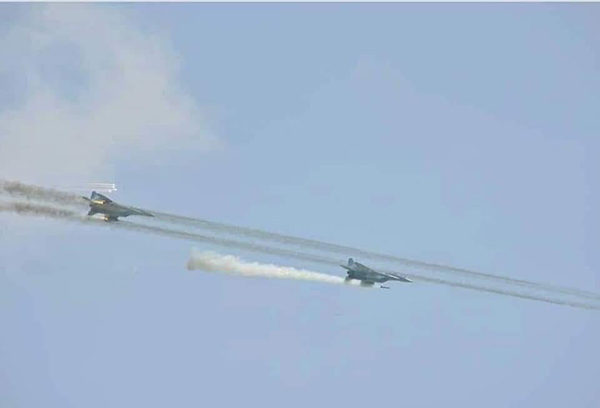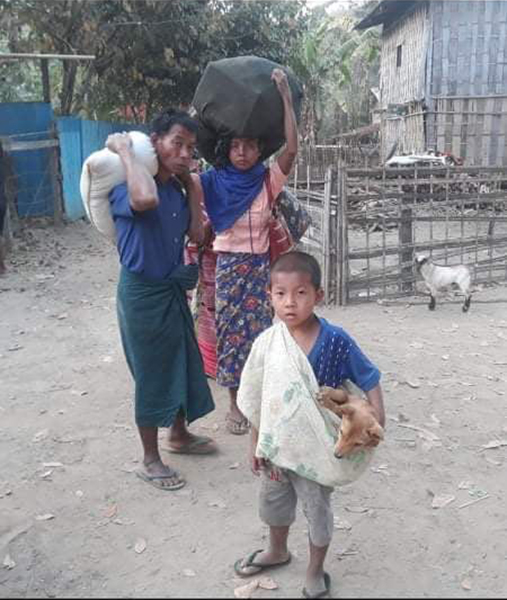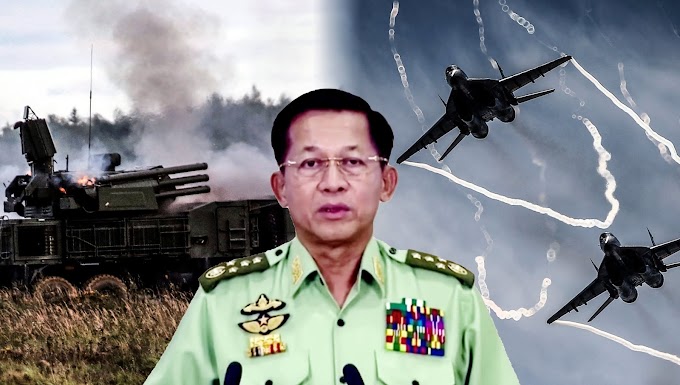
Burma Army Attacks, Kidnaps, and Tortures Villagers in Western Burma
Villagers Kidnapped and Tortured
Normal, day-to-day activities carry high risk for civilians as the Burma Army can at will detain them for questioning and, with impunity, arrest, torture or kill them for suspected affiliation with the Arakan Army.
U Nga Mae, a 75-year-old from Kyauk Tan Village, Rathedaung Township, shared how, on March 12, the Burma Army took him while he was herding buffalo, asking him if he was a member of the Arakan Army. He said he was not part of the group, but still the soldiers beat him twice. Again, the soldiers asked if he was associated with the Arakan Army. Again, U Nga Mae said no.
After his second reply, the Burma Army soldiers took him and kept him for two days. While he was held, the soldiers interrogated him and then tortured him when they didn’t get the information they were looking for from U Nga Mae.
“I felt so bad- the feeling like that of the nose bone breaking,” said U Nga Mae of the torture.
“After that, [the soldiers] took me to Htee Swae Village and when we reached there, they asked me ‘Where is the Arakan Army?’ I answered them that the Arakan Army is in all villages.”
The soldiers would continue to torture U Nga Mae at night, again and again. The soldiers were from Battalion 551 and U Nga Mae estimated there were about 120 soldiers encamped at Htee Swae Village.
“I got four injuries in my head when they beat [me] up by using the knife,” he said.
In total, U Nga Mae was kept in their custody for four days before he was able to run away while his guards were sleeping.
60-year-old Mg Kyaw Tun, from Amyat Daung Village, reports similar questionings by the Burma Army who now live in his village.
“The Burma Army often take us to ask about the Arakan Army, questions like ‘Where is the Arakan Army?’” he said. “They burn the village when they don’t get the information they want. So, we run away fearfully to avoid them… The cows, buffalos, and grains were left in the village [but] the grains and houses are burned now.”

“I saw they were burning the village with my own eyes. They burned one home after another. One grandmother died in the fires because she couldn’t walk. I think another person, Aung Tan Thar (51), was put into the fire by Burma Army troops after the troops killed him,” she recalled.
65-year-old Daw Nu San was also in Far Pro Village that day.
“About 40 Burma Army troops burnt my home first. I couldn’t say anything because I was afraid they would beat me if I requested them not to [burn down my house]. After they burned my home, they prepared to burn U Aung Thein Tan’s home. [At the same time], about 10 Burma Army troops targeted U Aung Thein Tun with their guns. They allowed U Aung Thein Tan to leave when many houses were burning. I also ran away.”
Daw Nu San saw U Aung Thein Tun’s mother-in-law and tried to lift her but couldn’t which meant she had to leave her behind, alone in the fire.
“Moreover, [the Burma Army soldiers] cruelly killed one villager called U Aung Tun Thar [through] head injuries before putting him into the fire,” added Daw Nu San.





0 Comments